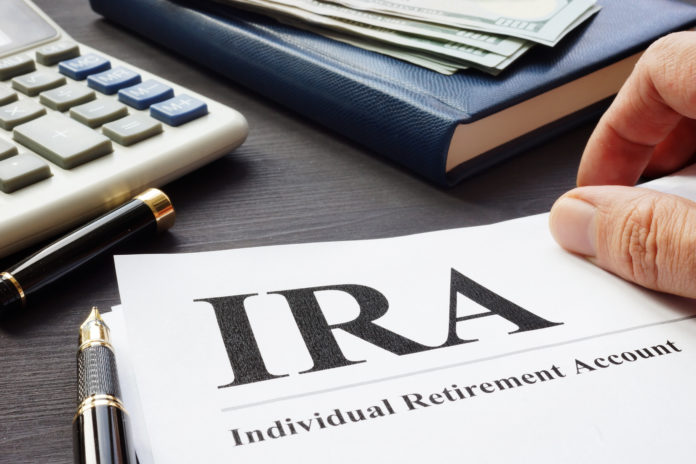Starting in 2020, IRA owners will have to think twice about their retirement account. With recent changes being made to IRA laws in the SECURE Act, non-spouse beneficiaries can no longer stretch an IRA if the account holder passes following the end of 2019. Instead, the SECURE Act lists three beneficiary types that dictate how an IRA may be handled when it is passed on from the deceased.
The act eliminated the “Stretch IRA”, which allowed a non-spouse beneficiary to stretch an inherited IRA for the remainder of their lifetime. Instead, the act placed a 10-year maximum for a non-spouse to close the account completely. This type of beneficiary is now labeled as a non-eligible designated beneficiary. Therefore, they must withdraw the entirety of the funds by the tenth year following the original account holder’s death. A non-eligible designated beneficiary may include an adult son or daughter, niece or nephew, or a friend who is more than 10 years younger than the IRA owner.
It’s very important to note the penalty for not withdrawing within 10 years. If the beneficiary takes 1 day longer than 10 years to deplete the account, IRS will penalize them 50% of the account’s remaining balance. On top of that, if it is not a Roth IRA, the beneficiary will still have to pay the taxes on the income, once taken.
If the beneficiary is an eligible designated beneficiary, the rules are slightly different. There are three categories of eligible beneficiaries, the first being the IRA owner’s minor child. A minor child may elect to take distributions based on their life expectancy, which can be calculated using the Single Life Expectancy Table. If the minor chooses to take distributions, they will have until the age of majority until they are then forced to withdraw all the funds from the account within 10 years. The age of majority varies by state but is typically set at age 18. The other option a minor child has is simply closing the account within 10 years of inheriting the IRA. Interestingly, if the minor is 9 years old when they inherit the IRA account and they elect to withdraw the funds within 10 years, the clock will be reset when they reach the age of majority and they will have another 10 years to close the account. Thus, a 9-year-old beneficiary can stretch the fund for nearly 20 years.
A surviving spouse is considered to be the second category of an eligible designated beneficiary. If a spouse is to inherit an IRA account, they can elect one of three options in taking control of the IRA. First, they can choose to withdraw from the account and close it within ten years of the owner’s death. Their second option is to withdraw the assets in a series of payments using the Single Life Expectancy Table as minimum distributions over the course of their lifetime. Finally, in certain situations a surviving spouse may have the ability to roll over or transfer the funds from the IRA account into their own account.
The third and final category of an eligible beneficiary consists of anyone who is disabled, chronically ill, or no more than 10 years younger than the IRA owner. If the beneficiary falls into this category the rules are similar to that of a surviving spouse with exception to being able to transfer the funds into their own account. Otherwise, their options consist of electing to use the life expectancy table to calculate their distributions each year or close the account within 10 years.
Finally, the last type of beneficiary is considered to be an organization or not an individual. This beneficiary means that the IRA owner named an organization such as a church or non-profit as their benefactor. If that is the case, then the organization receiving the IRA account will have only five years to withdraw the funds completely from the IRA. This is the only part of the SECURE Act that did not institute the 10-year rule in favor of the previous 5-year rule.
While these changes in the SECURE Act will affect how IRA investors designate their beneficiaries in the future, the IRS also made changes to the life expectancy tables that will impact these designations starting in 2021. Regardless of an account owner’s situation however, meeting with a Professional IRA Expert can help ensure that investors are making sound decisions with whom they are labeling as their beneficiaries. In doing so, the owner will know exactly how their beneficiary will be designated and in turn, the recipient will be aware of what they will need to do once the account is passed on to them.













